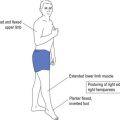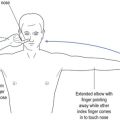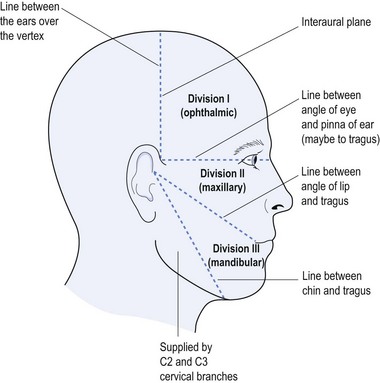1 The neurological diagnostic consultation
History
Concurrent with overuse of jargon is the use of ambiguous and ill-defined terminology, such as dizziness, giddiness, numbness, blackout or even double vision. It is imperative to ensure that message sent is the same as message received. It follows that if a term can have multiple meanings, both the patient and clinician must agree on the meaning to be adopted. An example of this may be ‘dizziness’, which may mean true vertigo but could also mean light-headedness, loss of balance, disequilibrium, failure to think clearly, or even having a ‘flu-like’ heavy headedness. ‘Numbness’ can mean loss of sensation, a feeling of heaviness of a limb, pins and needles dysaesthesia, impaired movement of a limb or digits with loss of dexterity, or something quite different. It follows that the doctor must interrogate the patient to be sure that both are ‘reading from the same text’. Patients may complain that the doctor doesn’t believe them so it is important to be reassuring. It helps to explain the need for clarity and for avoidance of ambiguity.
Diagnosis is much easier if one knows which questions to ask. The first symptoms of Parkinson’s disease may be difficulty getting out of a low chair or a low car seat, such as a sports car, or trouble turning over in bed at night. Much of this subtlety in history taking comes with experience but just asking the patient ‘What did you first notice wrong?’ or ‘When did you first notice things were not right?’ will help. Given a chance and forced to describe symptoms in simple words rather than using jargon, which is often misunderstood by the patient, the description in plain language will greatly improve the diagnostic process.
Before leaving the discussion of history, it is important to set out the formal approach to the taking of an adequate history (see Table 1.1).
| History | Area covered |
|---|---|
| Presenting symptom | What caused the patient to seek medical attention? |
| History of present illness (the 4 ‘W’s) |
Examination
As already stated, difficulty getting out of a chair may alert the doctor for Parkinson’s disease. A wide-based gait, looking like a drunken sailor, may suggest cerebellar disease. A white stick is self-evident for visual impairment and a hearing aid may be important for the patient complaining of ‘vertigo’. There are many diagnostic gaits, such as the stooped, shuffling, unsteady gait of the Parkinsonian; the hemiparetic gait of the stroke patient; or even the flamboyant, brazen gait of the patient with a psychological disorder.






